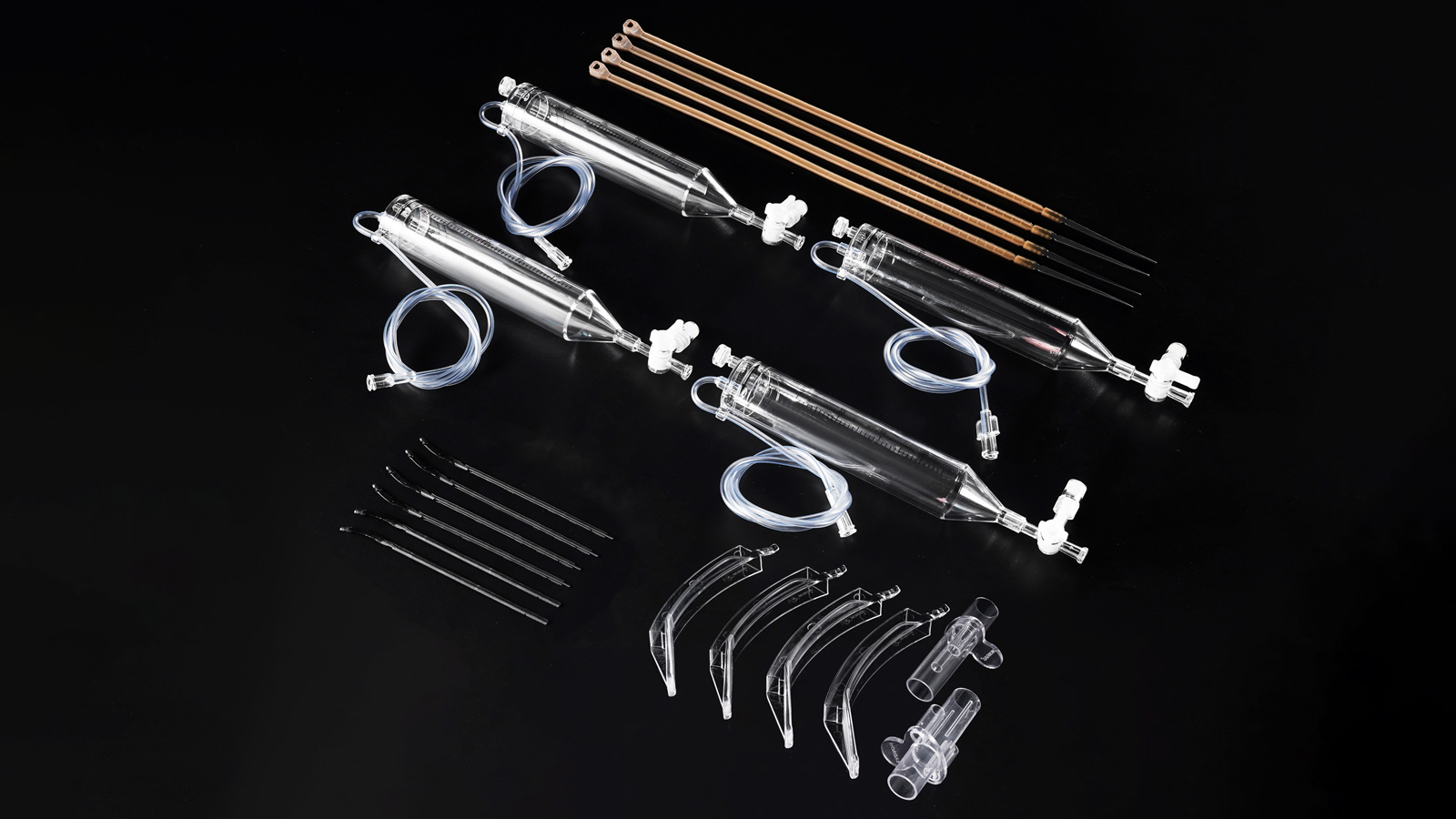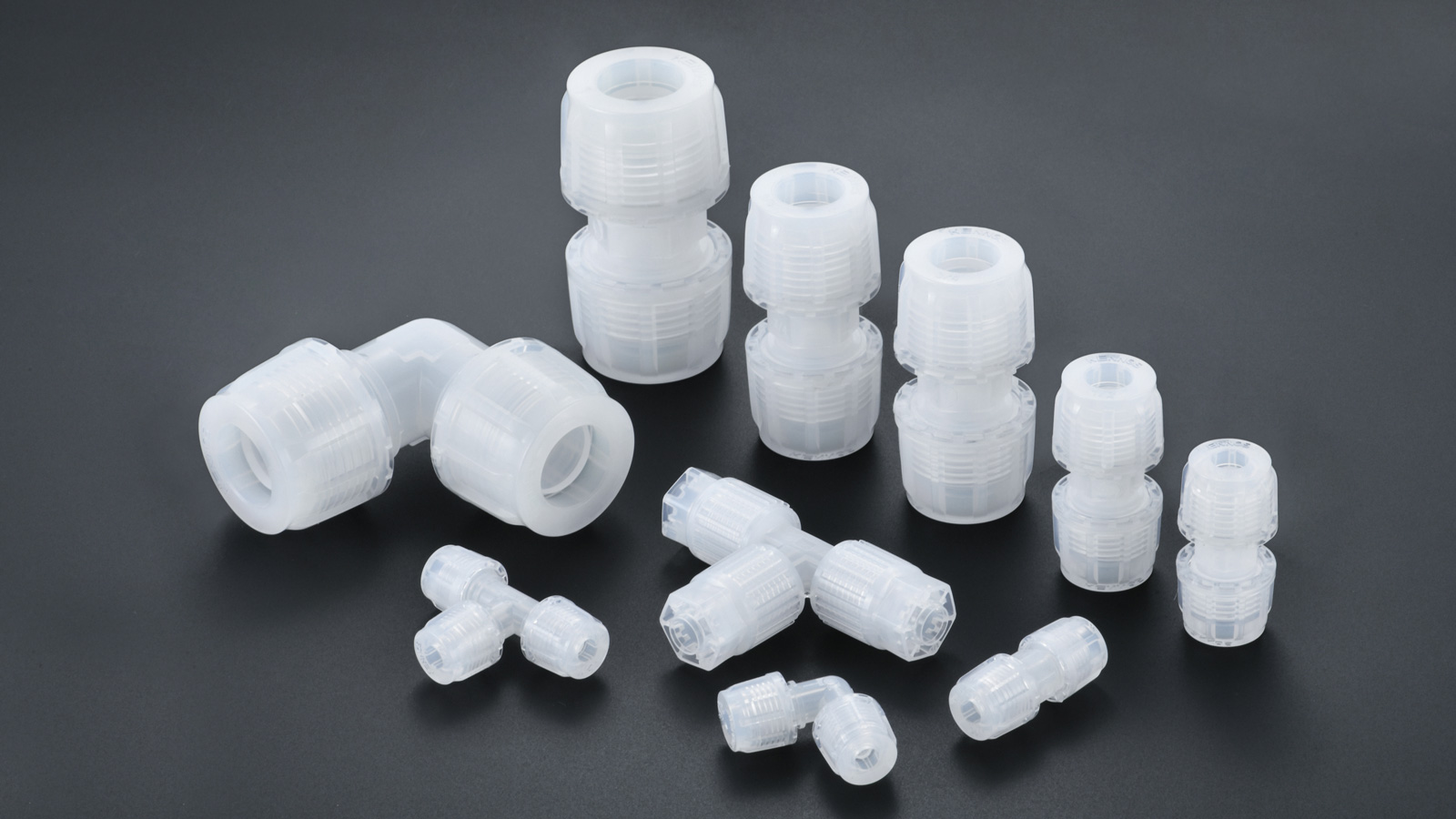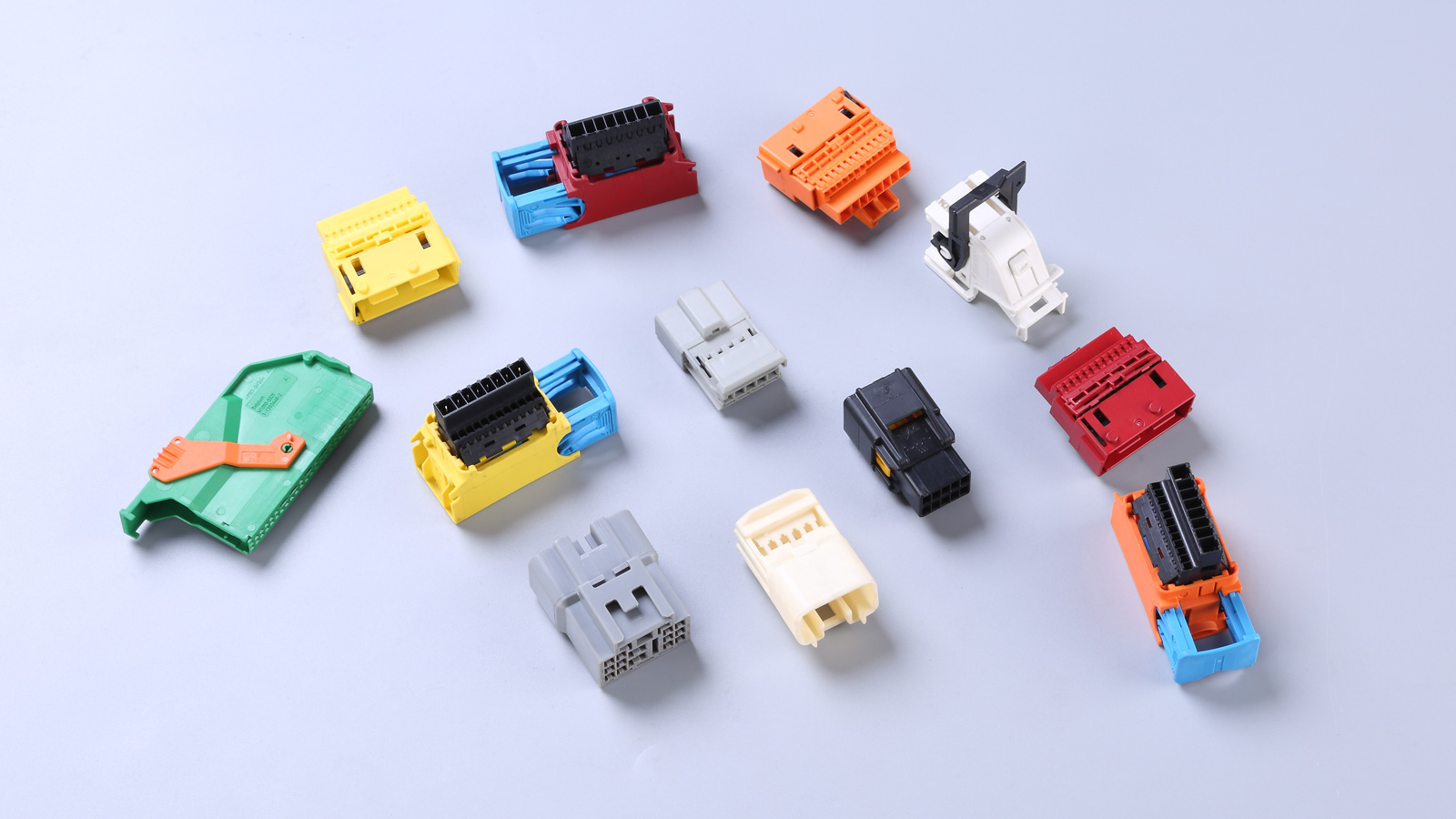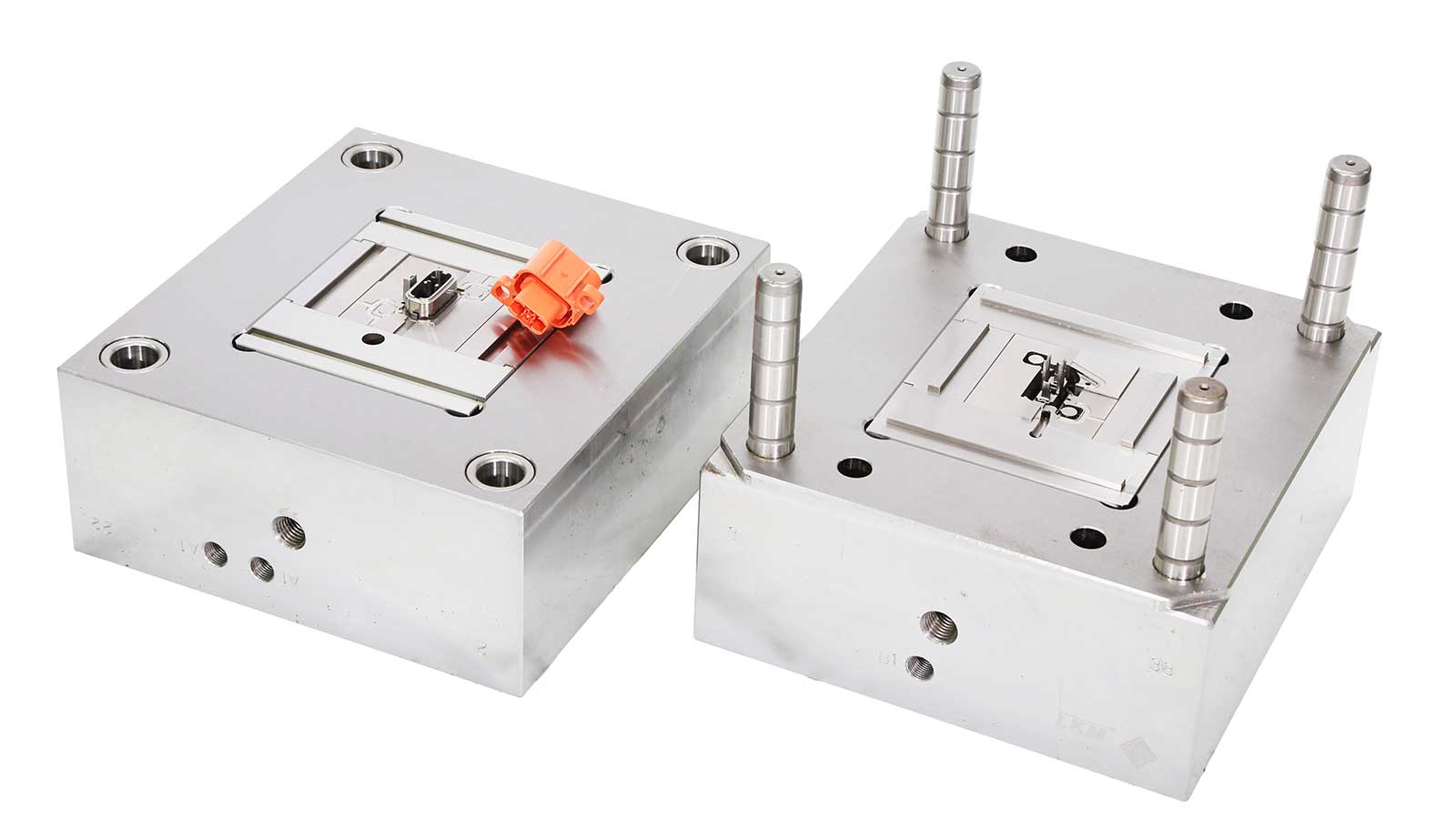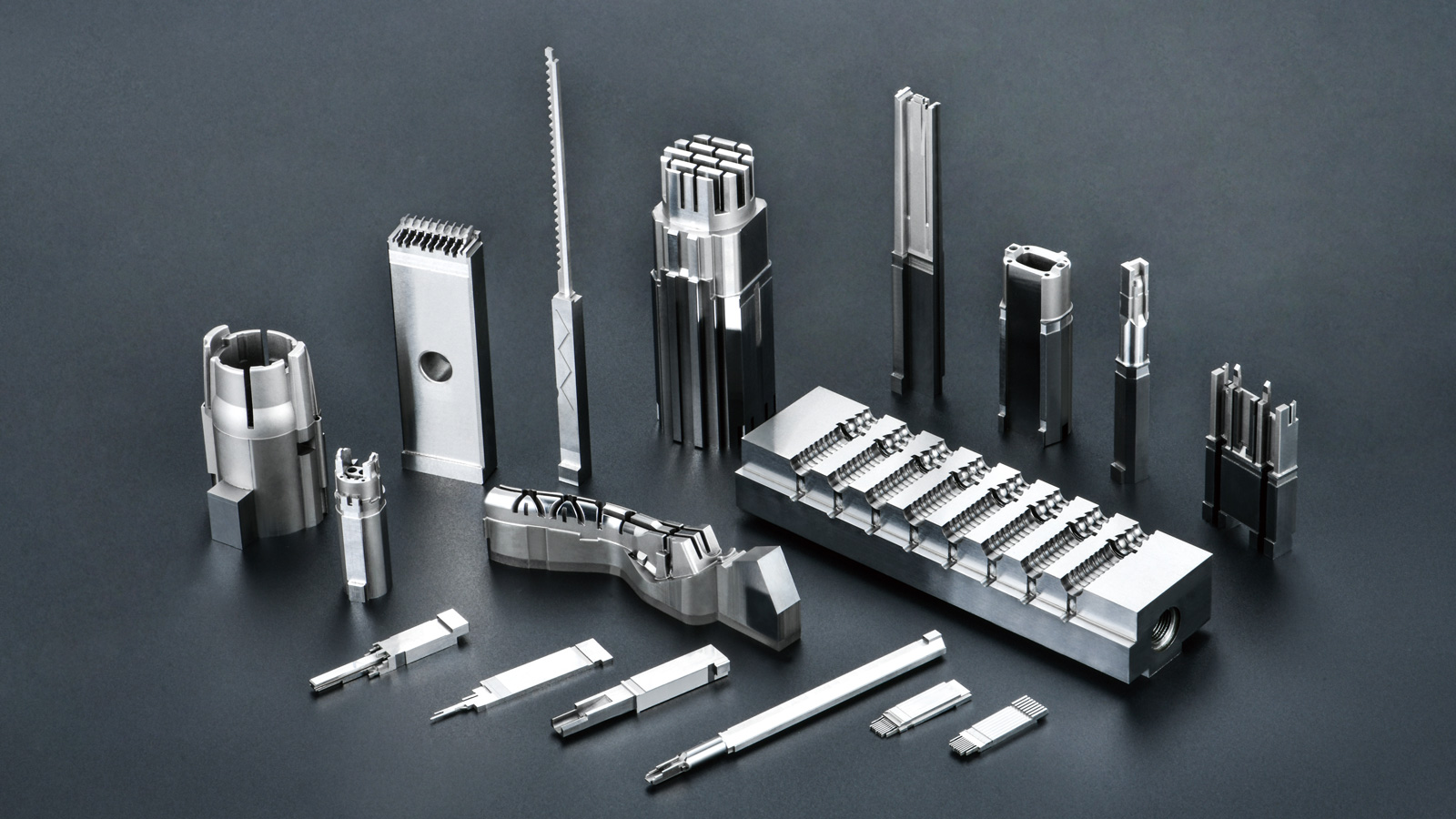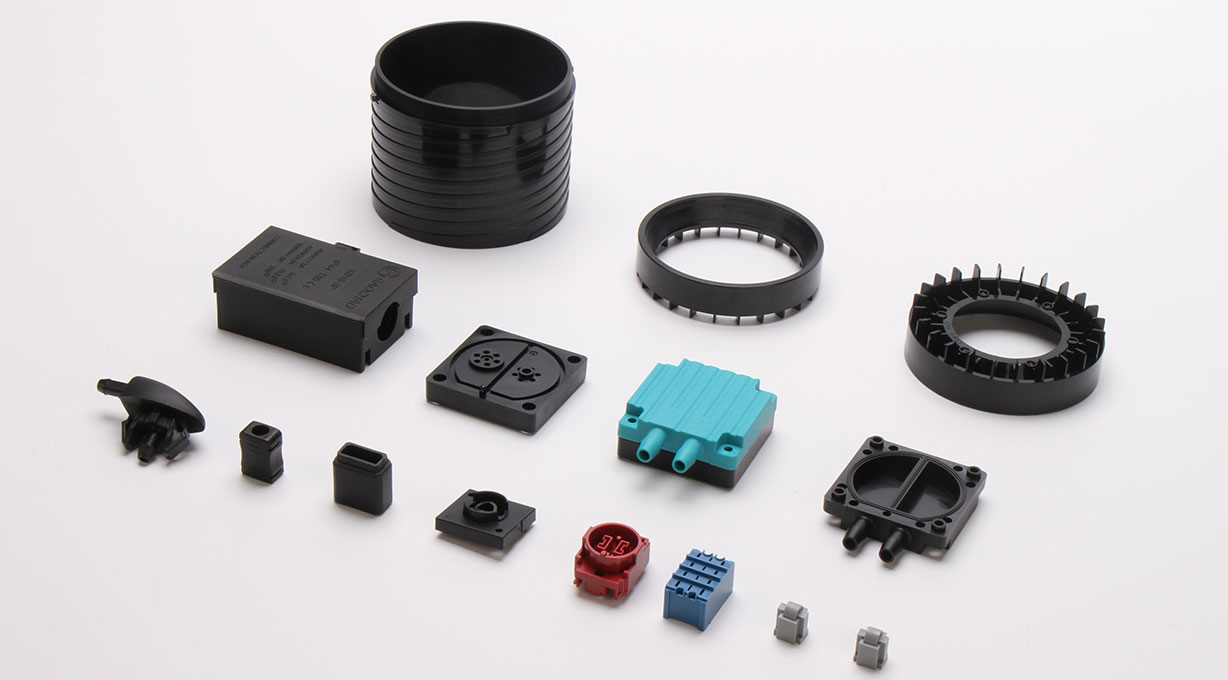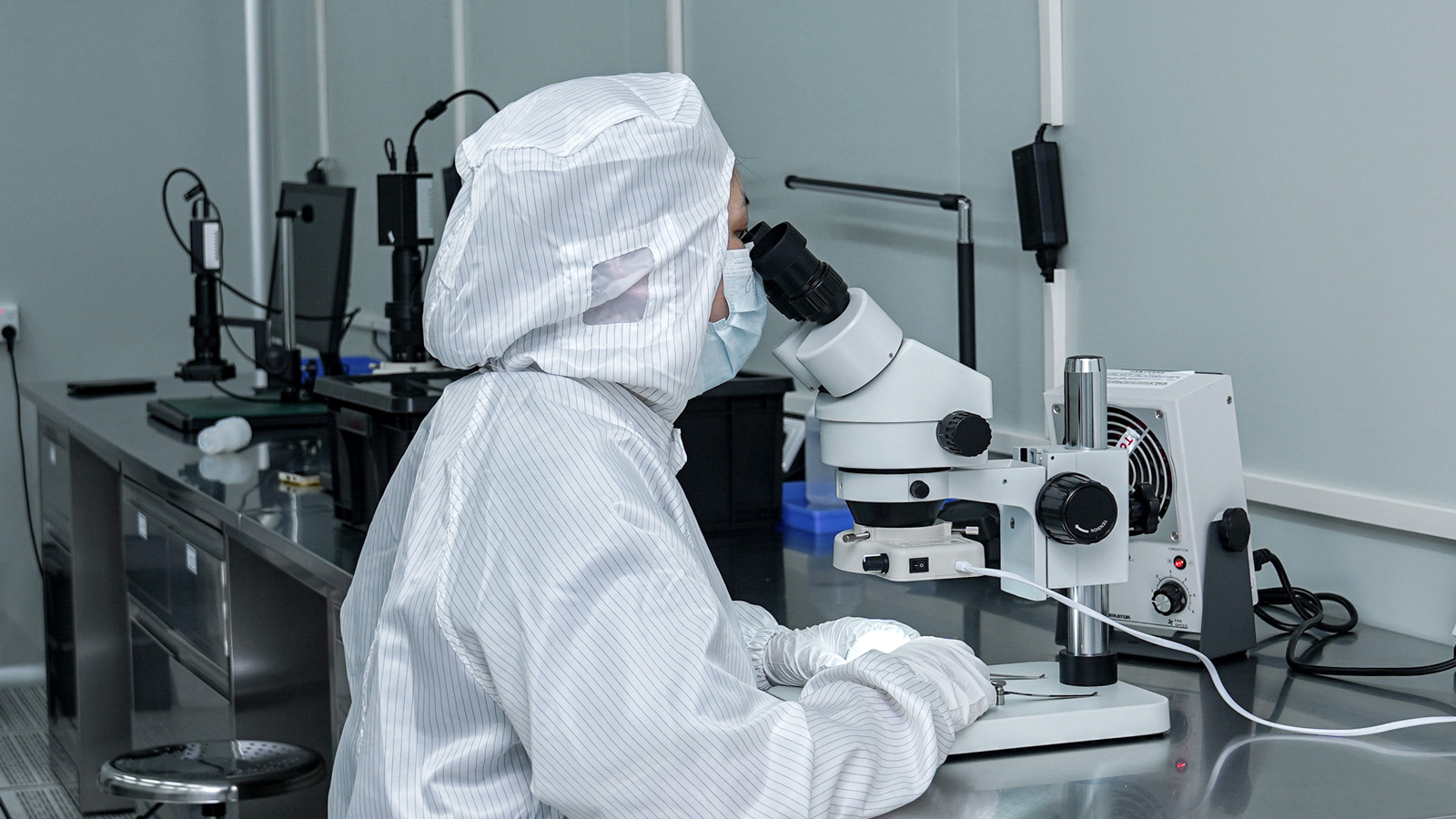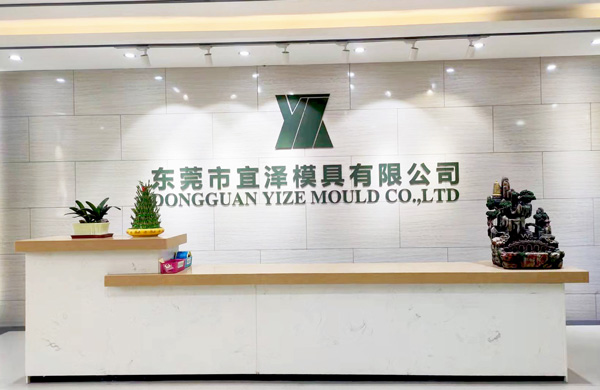In the field of injection molding production, the phenomenon of gas erosion is like a stubborn “ghost” that often appears silently, seriously affecting the quality of injection-molded products, reducing the yield of good products, and causing considerable losses to manufacturing enterprises. So, what exactly are the factors that trigger gas erosion in injection-molded products? The following will comprehensively reveal the true identities of these “culprits”.
Insufficient Pressure in the Injection Mold: Air Sneaks In
The pressure condition inside the injection mold is a key factor affecting the quality of injection-molded products, and insufficient pressure is a common “culprit” leading to gas erosion. During the injection molding process, appropriate injection pressure serves as a powerful driving force, ensuring that the molten plastic smoothly fills every corner of the mold. However, when the injection pressure is lower than the actual required level, it is like setting up numerous obstacles on the path forward, making the flow of plastic difficult. At this time, negative pressure areas will form inside the mold, and the surrounding air will take the opportunity to be sucked into the mold. These inhaled air will form pores or bubbles inside the product after the plastic cools and solidifies, which is the so-called gas erosion phenomenon. It’s just like a sealed container. If the internal pressure is insufficient, the external gas will try its best to get in and disrupt the internal balance of the container.
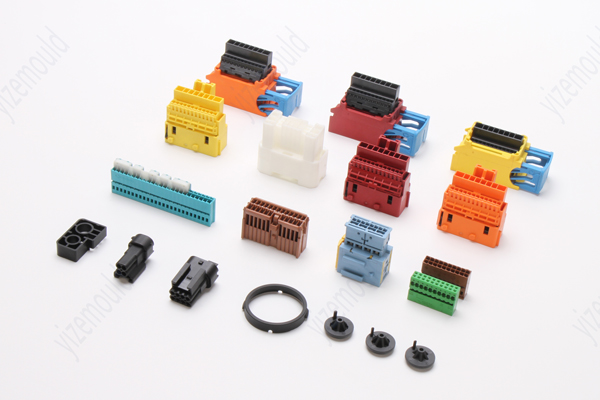
Materials “Harboring Impurities”: Water and Volatiles Evaporate into “Gas Bombs”
The quality and characteristics of materials play a decisive role in the molding effect of injection-molded products. The presence of water and volatile substances in materials is undoubtedly another important cause of gas erosion. In injection molding production, if the plastic material itself contains water or some volatile additives are added, then under the high-temperature and high-pressure injection molding environment, these water and volatile substances will quickly evaporate and turn into gas. These gases have nowhere to escape in the mold and can only be wrapped inside the solidifying plastic. As the plastic cools, the space occupied by the gas will form cavities, leading to the occurrence of gas erosion. Imagine that during the cooking process, if the ingredients contain too much water, a large amount of steam will be generated during high-temperature heating. If this steam cannot be discharged in time, bubbles or holes will appear on the surface of the food. The principle of gas erosion in injection-molded products is similar.
Imbalanced Product Thickness: Flow Obstruction Leads to Gas Retention
The thickness design of injection-molded products is also an important factor affecting the occurrence of gas erosion. Excessive or uneven product thickness is like setting “stumbling blocks” for the flow of plastic, which can easily lead to gas erosion problems. When the product thickness is too large, the molten plastic needs to overcome greater resistance to fill the mold during the injection process. Due to the longer flow path and increased resistance, the flow speed of the plastic will slow down, and even stagnation may occur. In this case, air is more likely to be wrapped in the plastic, forming gas erosion. At the same time, if the product thickness is uneven, with some parts being too thick and others being thinner, during the injection process, the plastic will preferentially flow to the thinner areas, causing the flow of plastic in the thicker parts to be obstructed. This local flow obstruction will cause air to accumulate in these areas, thereby generating gas erosion. It’s just like a river. If the riverbed is uneven in width, the water will accelerate through the narrow parts and may form vortices and siltation in the wide parts. The flow of plastic in injection-molded products is similar.
The occurrence of gas erosion in injection-molded products is not caused by a single factor but is the result of the combined action of multiple factors, including insufficient pressure in the injection mold, the presence of water and volatile substances in materials, and excessive or uneven product thickness. Only by having an in-depth understanding of these causes of gas erosion can manufacturing enterprises take targeted measures to prevent and solve problems during the injection molding production process, thereby effectively improving the quality of injection-molded products and enhancing their market competitiveness.
